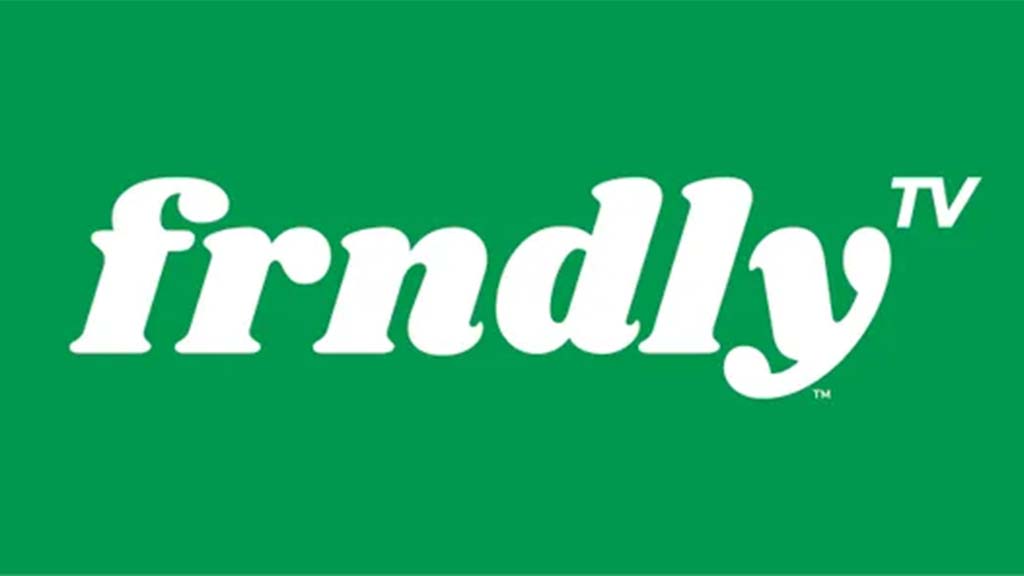Television grows up
The International Association of Broadcasting Manufacturers (IABM) recently held its second annual summit. This year, the theme was “developing strategies for change.” It was interesting to hear how the landscape has changed for manufacturers.
Many have supplied hardware products for 20 years or more. These are often small companies, frequently the innovators and perhaps tomorrow's large enterprises. They are coping with the shift to commodity IT platforms, with some moving away from hardware design to supplying broadcast-specific software applications. Those that remain as hardware suppliers face other obstacles such as environmental protection regulations, including WEEE and RoHS.
Larger companies have the luxury of the muscle to exploit their brands in new areas. At the conference, both Sony and Grass Valley talked about their moves into services and the provision of solutions.
Every now and again, we see a quantum shift in this industry. The introduction of nonlinear editing was one. We are now in the middle of a convergence with telecommunications as television spreads to IPTV and mobile phones.
In the past, joining any part of television was seen as entering a lifestyle business. Those readers who attended the Montreux shows in the past will remember the extravagant firework displays on the lake. And where is the host of those displays now? Post-production houses had a similar lifestyle approach to business, but they have learned they are now content factories.
The broadcast manufacturing industry is a minnow compared to IT suppliers, just as the broadcasting business is 10 percent the size of telcos or gaming. It was clear from many of the speakers that the industry understands the treats, but it can also see that it has a special expertise that does not exist within the IT suppliers of telcos.
This may seem like a hostile business environment, but the consensus was that no vendor has a complete answer for the creator, publisher or distributor of media for the consumer. Everyone needs partners to deliver, and there lies the opportunity for small manufacturers.The concept of the partnership has been alien to parts of broadcasting. IT providers have always had long-term support contracts to deliver a service to their customers. In the past, broadcasters have been reluctant to enter into support partnerships, often relying on in-house maintenance teams. As the technology and systems become more complex, it no longer makes business sense to continue that way.
Get the TV Tech Newsletter
The professional video industry's #1 source for news, trends and product and tech information. Sign up below.
This theme of partnership came up over and over, from broadcasters and from manufacturers. For vendors, cooperation must coexist alongside competition. The customer for the smaller manufacturer will now be a service provider, not the broadcaster. By forming strong relationships with technology service providers, the broadcaster is freed from running the kit to concentrate on running the programs. In this new world of digital entertainment, one must adapt in order to survive.
Send comments to: • editor@broadcastengineeringworld.com • www.broadcastengineering.com
